How to grow ornamental grasses — add year-round interest with these easy to grow grasses
Wondering how to grow ornamental grasses? They bring movement and sound to the garden, and carry color and interest through to winter
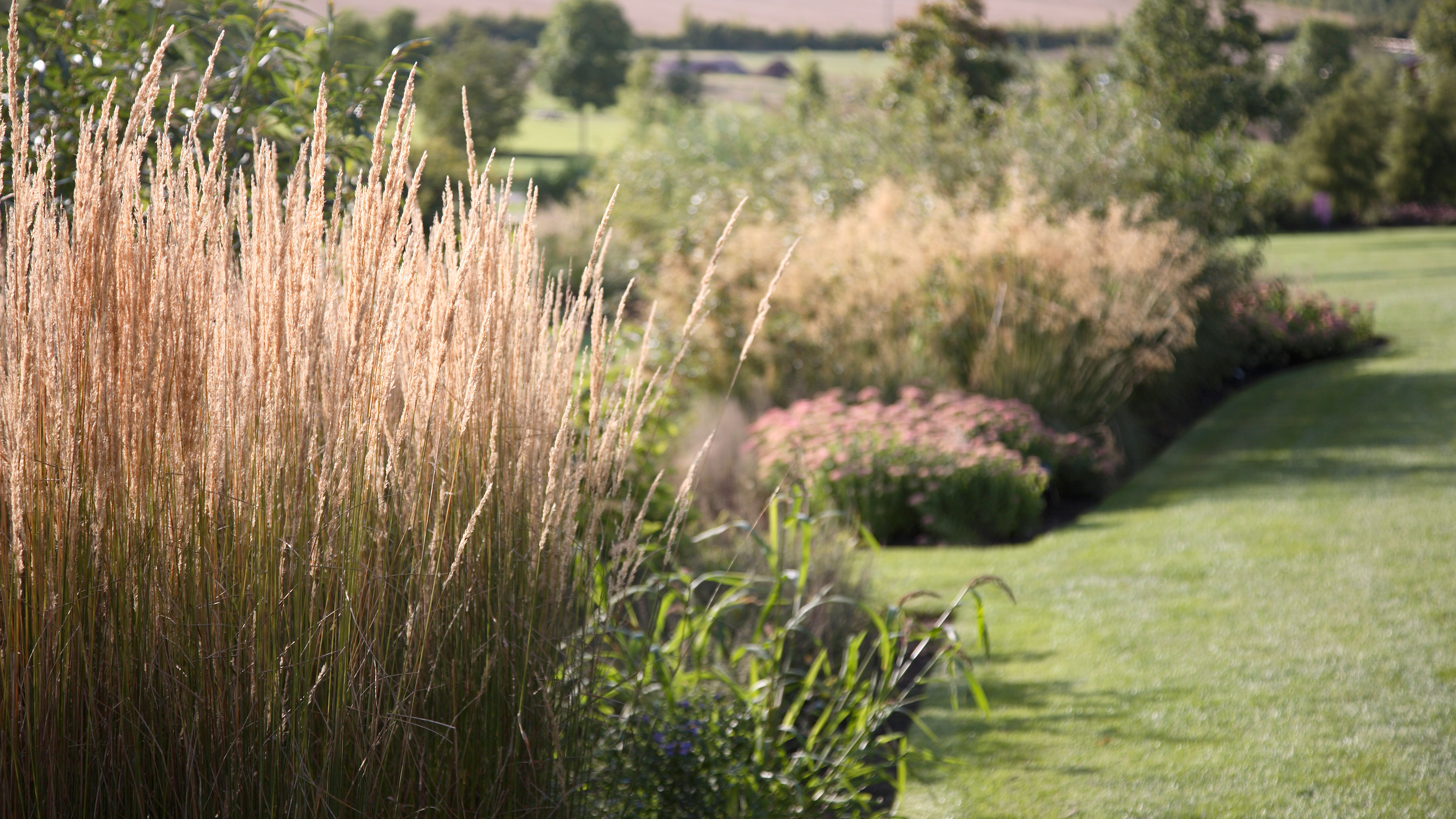

If you're wondering how to grow ornamental grasses in your garden, they are an easy way to add excitement to any planting scheme.
They are the ideal solution to early-fall doldrums: as summer flowers fade, their subtly colored foliage and sprays of tiny flowers will take centre stage.
An environmentally friendly garden idea, they need no staking, dead-heading or spraying, so footfall levels throughout the borders are kept low and new wildlife habitats can develop safety, while the seeds feed the birds.
And whatever the conditions in your garden, you can find a species that thrives. Anemanthele lessoniana, for instance, will flourish in dry shade and never needs watering. Bothriochloa Bladji likes well-drained soil in full sun, while Deschampsia can cope with heavy clay.
Grasses are a lovely choice if you're looking for flower bed ideas with a difference, as they create a variety of wonderful effects, including screening. From the tall, arching Calamagrostis, which evokes the atmosphere of a cornfield, to the smart, ground-hugging Hakonechloa, which is ideal for shade, pots and formal schemes.
For transparency, choose Molinia or, for a small patch of ornamental lawn or even a roof, look at the unassuming, Sesleria ‘Greenlee’, which is a new hybrid of S. caerulea and S. autumnalis.
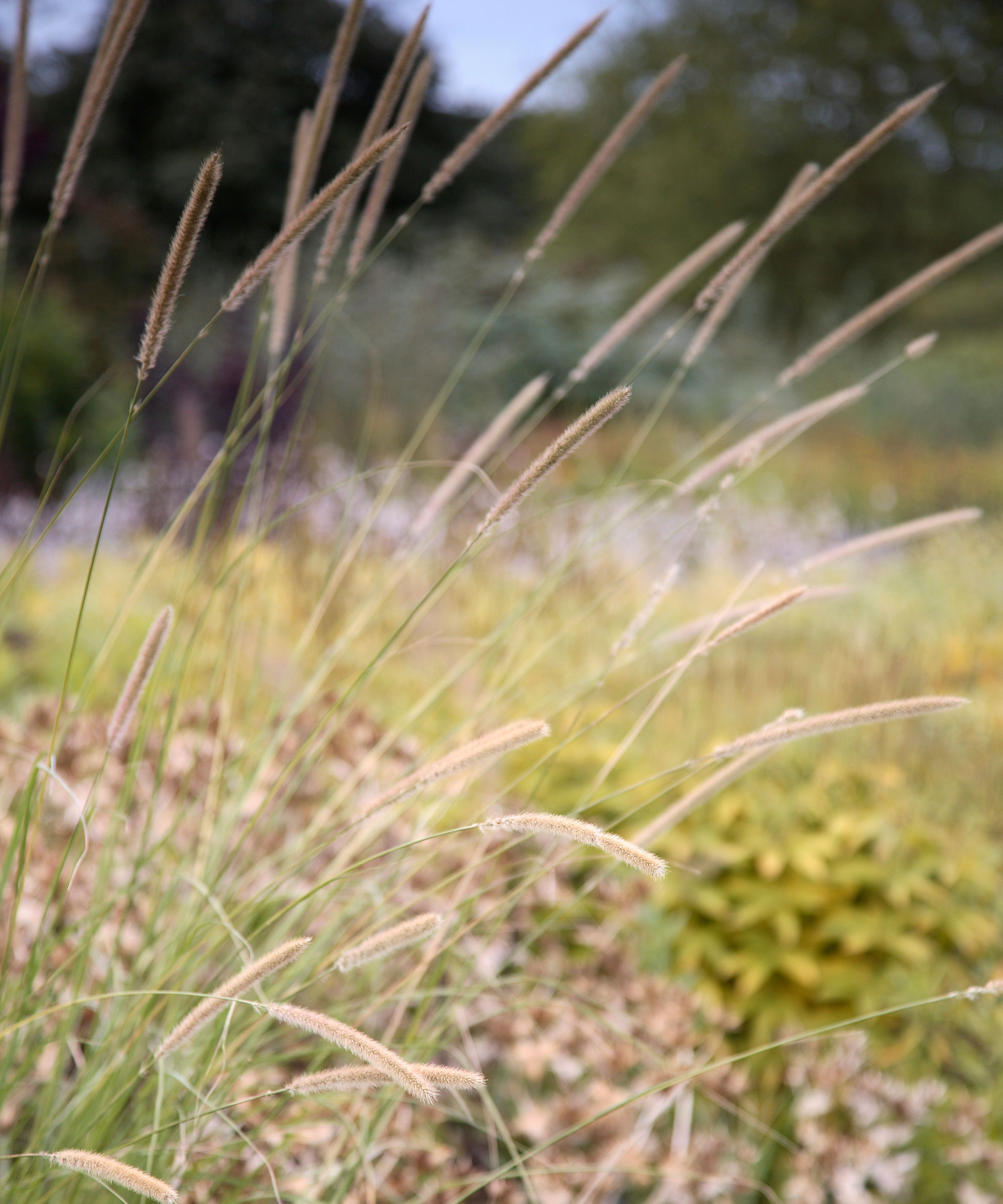
How to grow ornamental grasses
Spring is the season to sow grasses from seed. They can be sown directly in open ground where they are to flower. They will perform best in an open, sunny position.
Design expertise in your inbox – from inspiring decorating ideas and beautiful celebrity homes to practical gardening advice and shopping round-ups.
In order to rejuvenate grasses it’s a good idea to divide them, but it’s important to do this at the right time of year.
If you’re buying plants directly from garden nurseries, try getting them around spring so they can be planted directly into the ground. Fall is also a good time to plant ornamental grasses. This will allow the seeds time to adapt to the conditions before the worst of the winter weather arrives.
Why choose ornamental grasses?
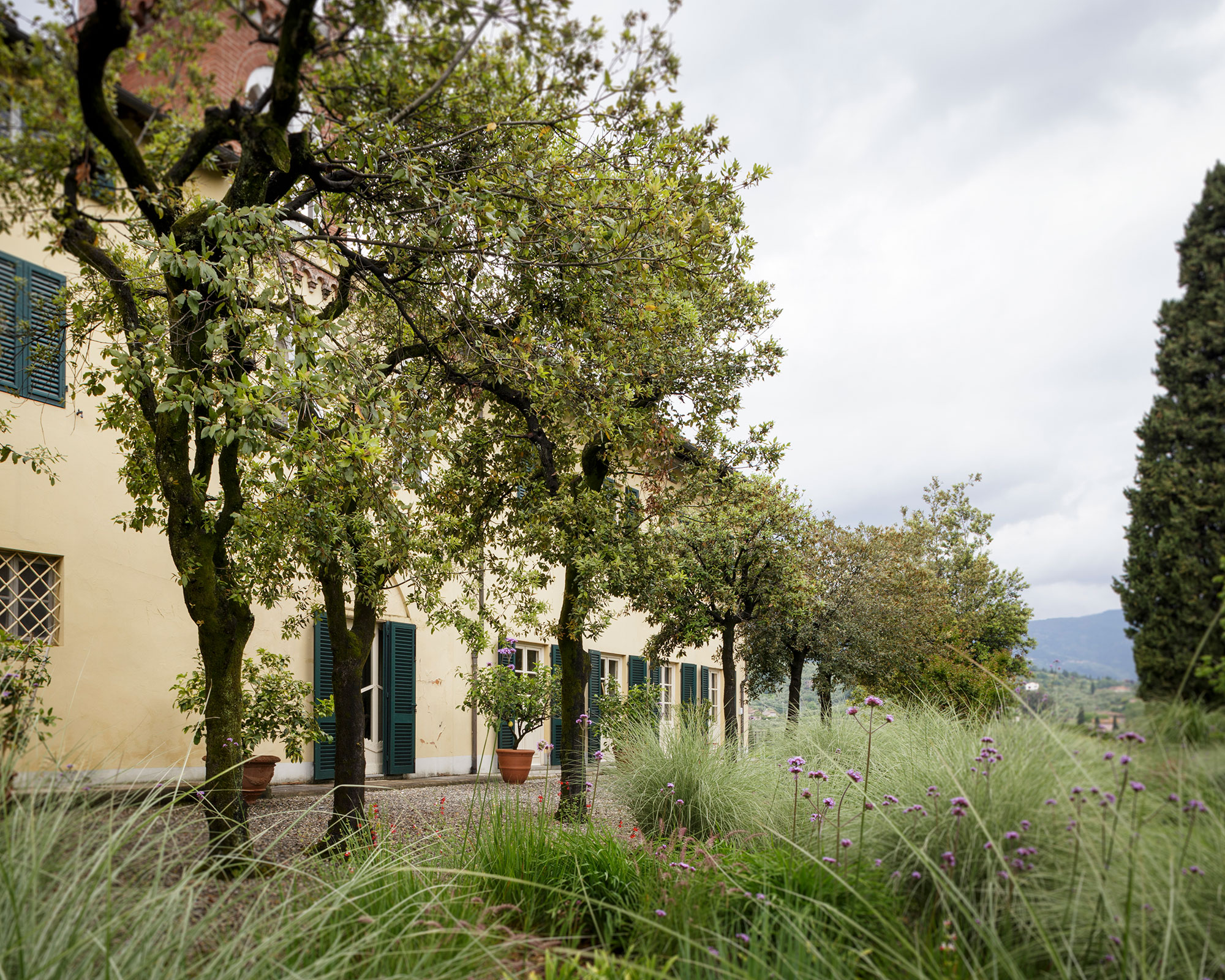
The grass isn't always greener, particularly when you look at the amazing ornamental varieties that are available.
They come in vibrant colors and sumptuous textures that delight throughout the year. Many develop into ground-hugging hummocks, making them great weed suppressants.
Consider adding them to a rock garden, or replacing a tired lawn in a small backyard, for example, with a no-mow carpet of shorter ornamental grass.
Evergreen varieties give year-round cover and little room for the unwanted plant invaders to squeeze through. Ornamental grasses not only add movement but also bring a pleasing musical note to the garden as they rustle and gently sway in the breeze.
Are ornamental grasses easy to grow?
Ornamental grasses are surprisingly easy to grow, no matter the condition of your garden.
The unfussy form of ornamental grasses has made them a stalwart of the contemporary garden designer’s plant palette. They provide a seemingly endless variety of color and texture. Plus they have see-through, wispy growth and swaying flowers that take on a magical quality when gilded with spider’s webs and frost.
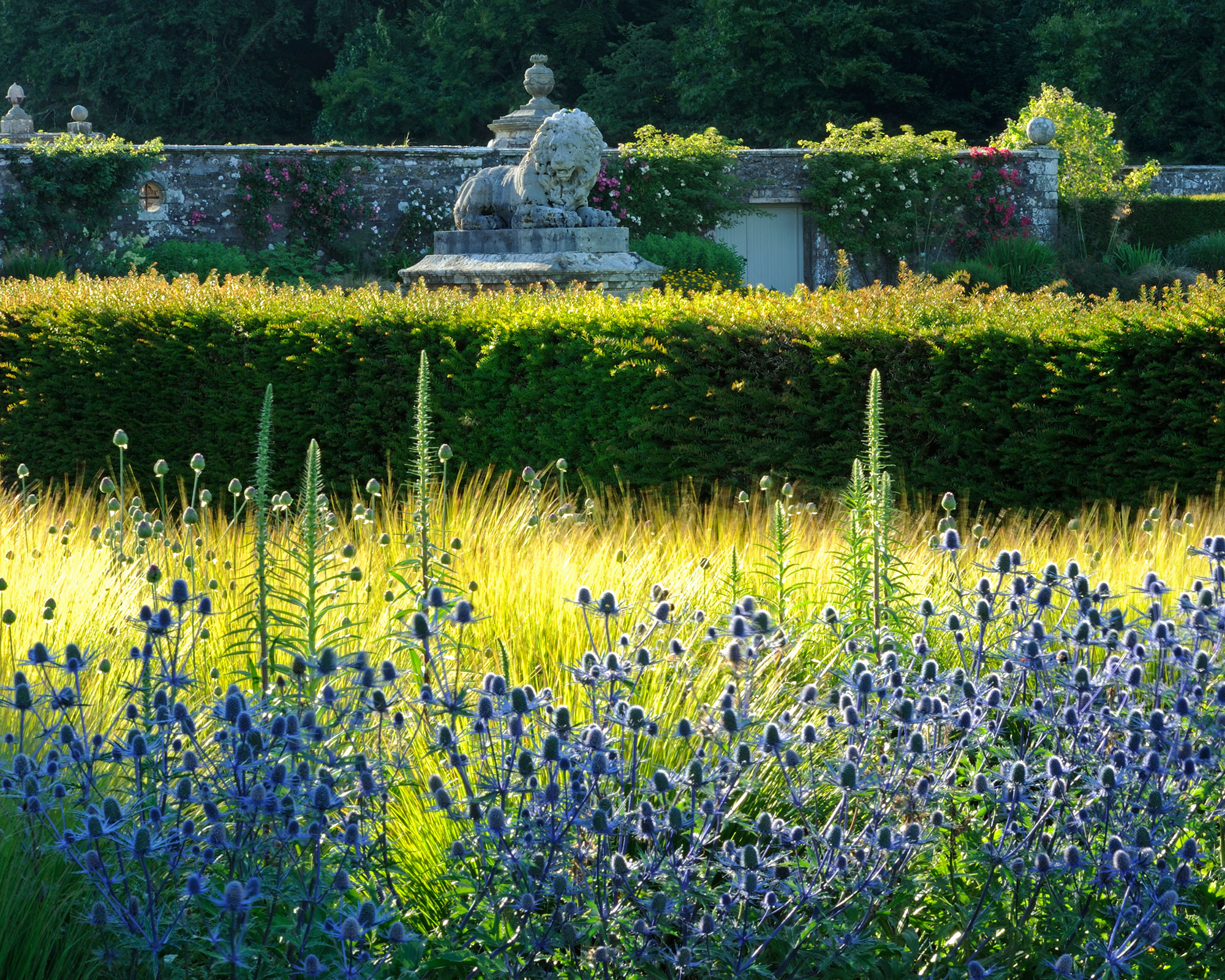
In the depths of winter, ornamental grasses like Calamagrostis x acutiflora ‘Karl Foerster’, Molinia caerulea ‘Transparent’ and evergreen Stipa gigantea also become eye-catching ice sculptures when covered in a foggy mist, or ice and snow.
You’ll find perennials, such as verbascum or mulleins, poppies, day lilies and red hot pokers work best when planted in among a river of swaying grasses, just as you’d see in the American prairies. This ‘natural’ style is a brilliant solution for linking formal parts of the garden to the surrounding countryside.
Traditional gardeners like ornamental grasses too, mainly using them to stretch the interest in their cottage-style borders into fall and beyond.
For the best effect, and to update your flower beds, simply weave them alongside sedums, asters and heleniums, so that their spiky flowers contrast with the flat heads and daisy blooms of these late-flowering perennials.
Make sure you use the best-behaved clump-forming ornamental grasses, such as fountain grass or Pennisetum. Another good choice is Imperata cylindrica ‘Rubra’, producing blood-red spikes that fade to bright green at the base and become translucent by late summer.
Plant it alongside the white-edged Hosta ‘Francee’ for good effect. Always be wary of vigorous spreaders, such as ribbon grass, which can take over.
Do ornamental grasses like sun or shade?
Ornamental grasses are split into two main groups. Firstly, taller deciduous varieties, which thrive in the sun and have lovely seedbeds.
Secondly, shorter evergreens, including carex varieties, grow well in damp, shaded conditions, and Hakonechloa macra, cope in dry shade, making them a great choice if you're looking for garden shade ideas.
The other group includes tall grasses such as Molinia, Miscanthus, Stipa and Panicum, which flourish in sunny, open spaces, looking their best from late summer, when they erupt into a haze of burnished spikelets.
What are the different types of ornamental grasses?
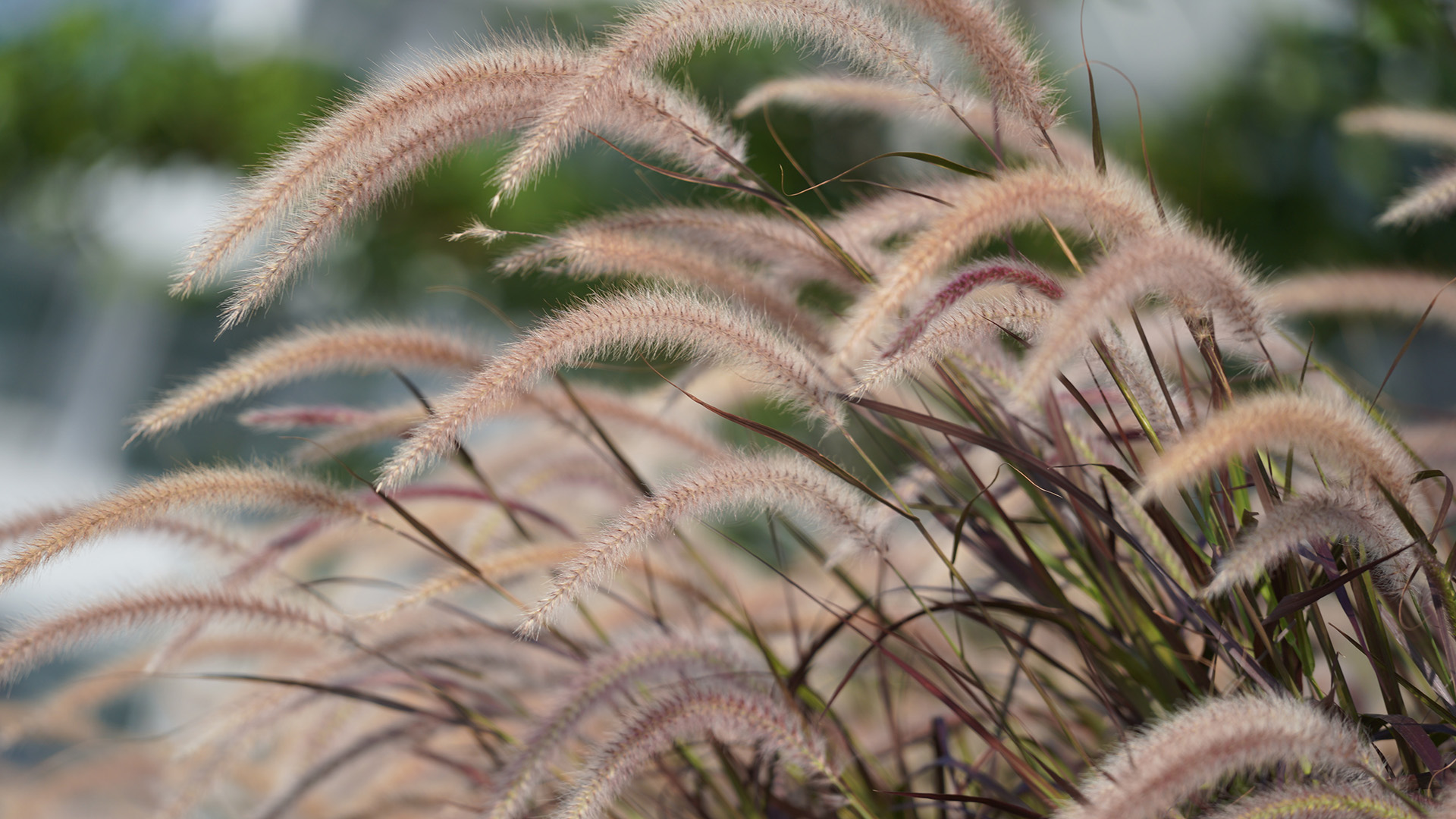
Coming in different shades or blue, gray, buff and gold, there’s an ornamental grass for every situation.
Taller varieties are ideal for fall borders, adding body, highlights and rhythm. Place them in the middle of a border if the grass is untidy, like the elegant Calamagrostis brachytricha. Shorter ones will spill casually over the edges of containers, making them a great choice if you're looking for raised garden bed ideas.
Most are tough, provided they don’t become waterlogged, coping well in a sunny spot, in light soil.
Medium-sized varieties like tufted hair grass (Deschampsia ‘Goldtau’) or pheasant’s grass (Anemanthele lessoniana) form fountain-like mounds of golden seedbeds.
Adding body to herbaceous borders, the grassy clumps also support summer’s slender-stemmed plants – verbascum, or astrantias, for example. However, by fall, the fully developed seedbeds add an ethereal haze between bright perennials such as asters, rudbeckias, and sedums, creating cohesion between contrasting elements.
How do you care for ornamental grass?
Ornamental grasses add a light, airy touch to garden borders and, in summer, provide a beautiful foil for more colorful and vivacious plants.
Many can be left alone when winter comes, as their elegant fronds and seedheads give interest when there is little else about, and they also look wonderful when touched by frost on clear, freezing mornings.
However, if they are starting to look a bit bedraggled and battered by winter weather, they will need cutting back in order to grow well and look their best this summer.
Remove the seeded stems with sharp, clean secateurs, taking care not to damage any new growth. Then cut the rest back to a few centimetres from the ground, leaving just a hairy tuft. Weed around the clump, and mulch well to feed the plant as it comes back into growth.
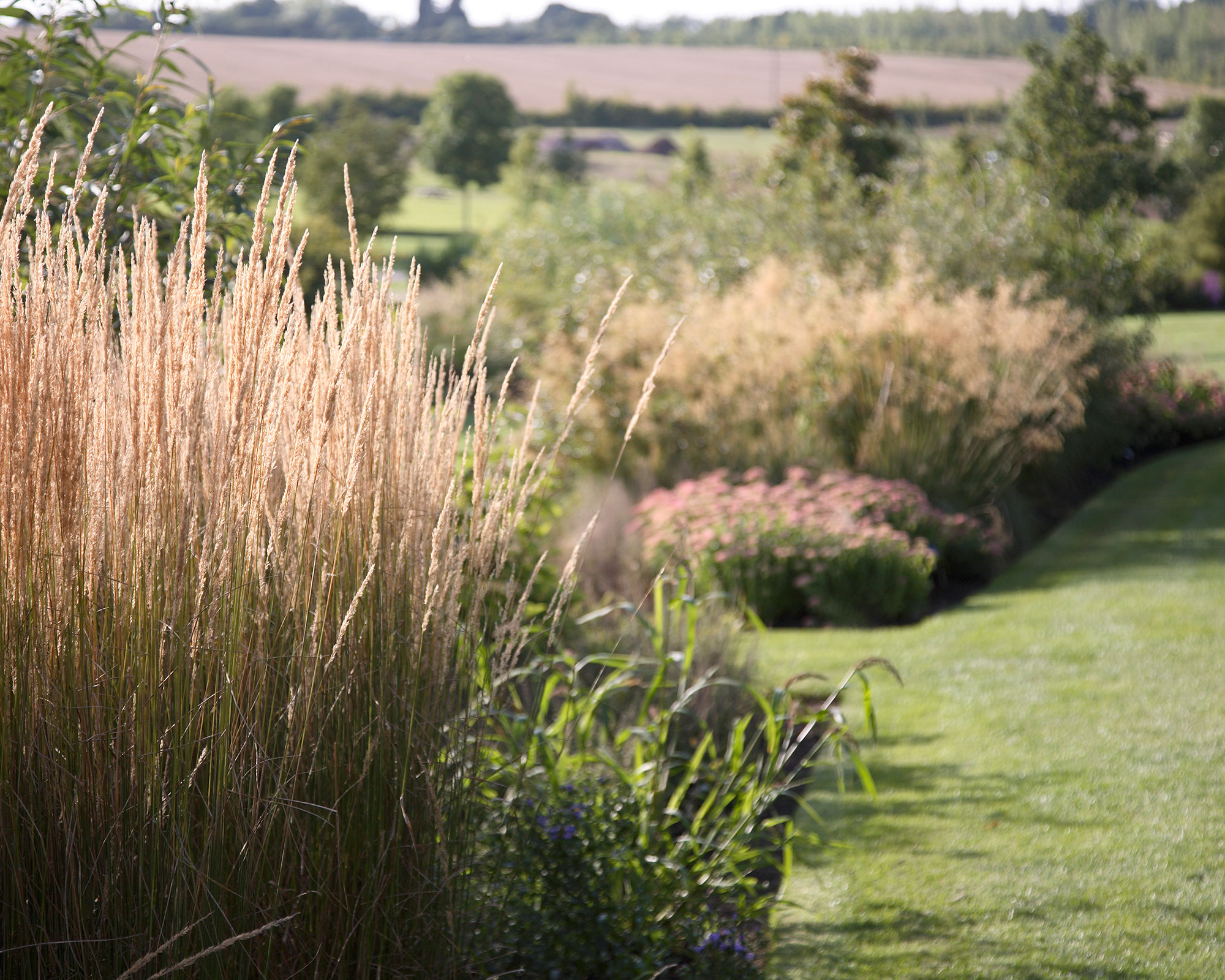
Some deciduous species, including Deschampsia and Calamagrostis, should be trimmed before new growth emerges, whereas later-shooting Penniselum can be cut back in late April.
Late pruning is also beneficial for Miscanthus, whereas the deciduous Stipa tenuissima can be treated as you would an evergreen grass, and be cut back now.
Evergreen grasses such as blue fescue (Festuca glauca) just need a trim, so snip off brown tips and remove dead leaves from the base.
Larger evergreens, including pampas grass, should be cut back hard in spring. It used to be a common practice to burn pampas grass, but this is no longer recommended as it can damage new, emerging growth.
What not to do with ornamental grasses
The key to success with ornamental grasses is not to move them too much.
This is a common mistake with ornamental grasses that can send them into shock, although some do transplant better than others. Celebrity gardener Monty Don advises not to divide or move any grasses in March. 'They must be growing strongly to have the best chance of surviving, so wait until late May or even early June.'
Some ornamental grasses, especially the larger Stipas, really hate being moved at all, so leave them. However, as an exception to the rule, pheasant grass doesn't mind being moved, so you can divide it later in spring.
How to use ornamental grasses in your garden
Have you always thought grass was just for the lawn? Let us introduce you to some stunning ornamental grasses that’ll provide great impact in any garden.
1. Use ornamental grass in a small garden
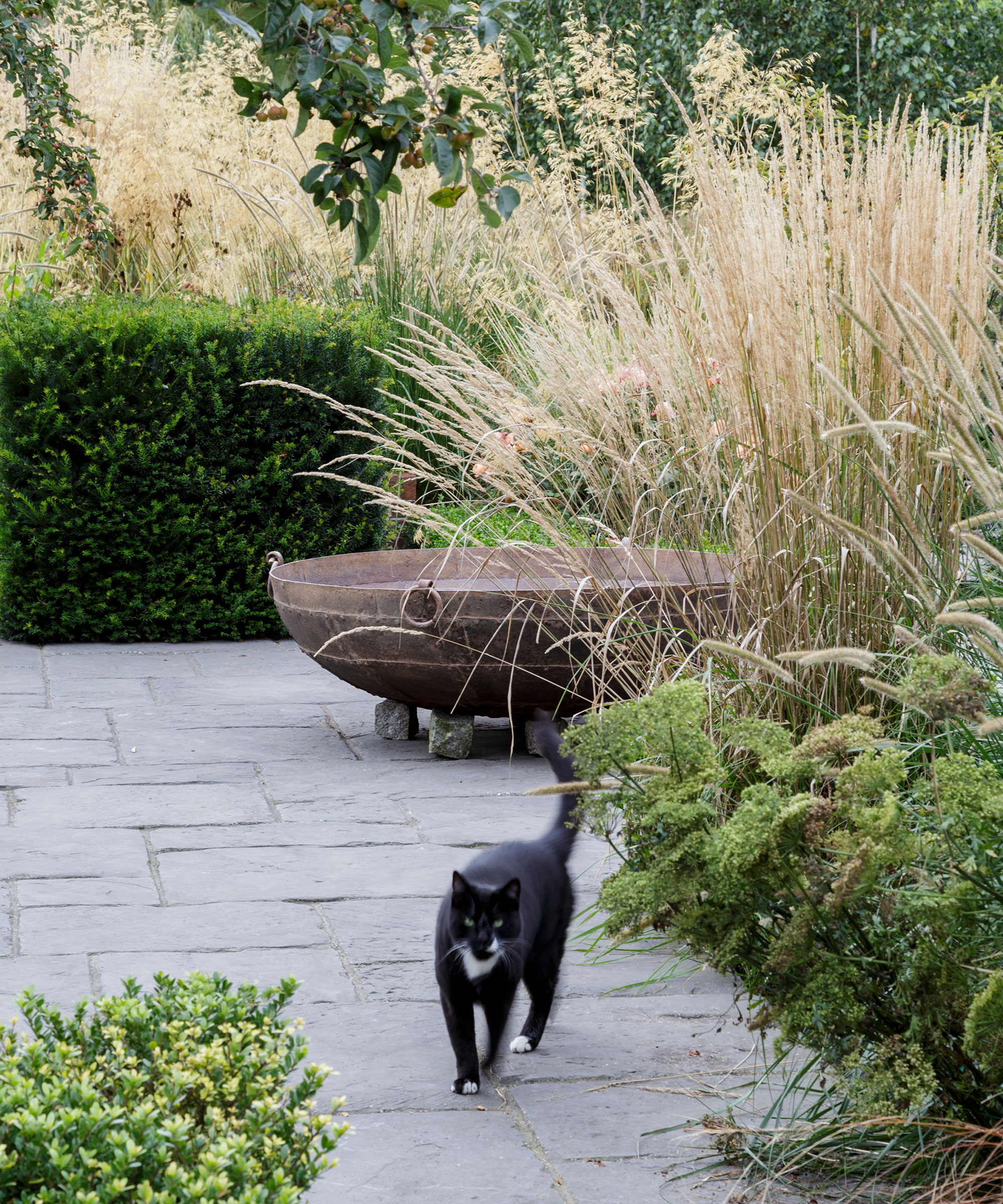
You might be forgiven for thinking that ornamental grasses are only suitable for large gardens. Piet Oudolf’s much-praised schemes of naturalistic planting would surely not work in a smaller plot?
‘The principles used in this style of planting can be transferred to a tiny garden. The trick is to use just a few types of grasses and perennials,’ says Knoll Gardens grass expert Neil Lucas.
For very small garden ideas, grasses are successful in containers. They’re an instant way of adding height and are so much cheaper than buying large shrubs.
2. Instil a sense of privacy in your garden with grass
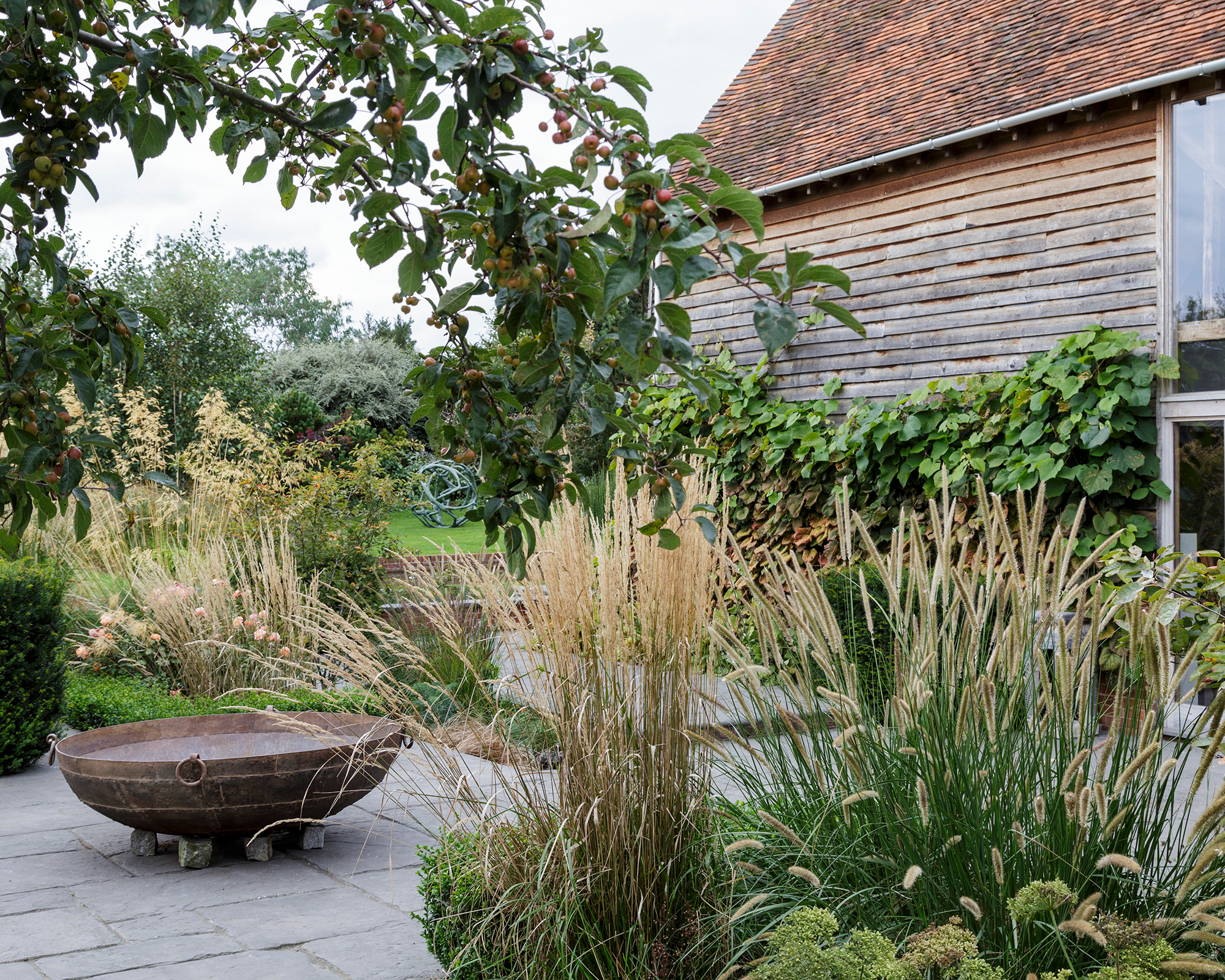
Being overlooked is the daily reality for most people living in built-up areas with houses on either side, or immediately backing onto an outside space.
If this is the case for you, then consider investing in containers of wavy, tall grasses, for garden privacy ideas that will allow you to create a more secluded feel.
Add a ‘boundary’ by arranging a row of tall containers and plant with densely tufted blue-grey Festuca glauca and Cortaderia selloana to add height, interest and drama.
Planters can be moved around to change the mood (especially if you choose ones on wheels) or put where you most need them to add to a sense of privacy.
3. Zone areas of a garden with ornamental grasses
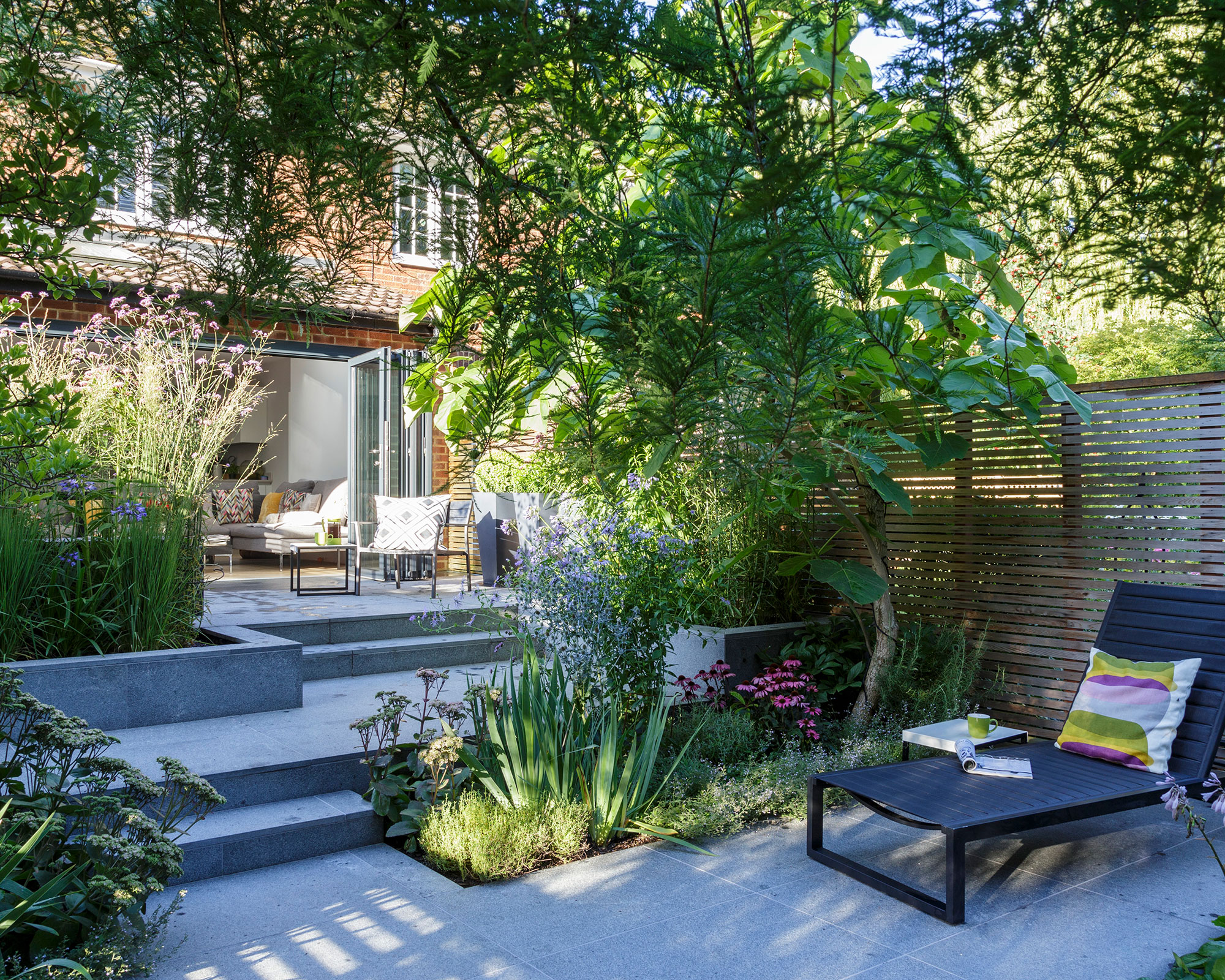
As well as being perfect for garden privacy and small gardens, ornamental grass is also a wonderful choice for zoning your garden.
To differentiate between the contrasting areas or levels in your garden, create a layered effect using ornamental grasses. We recommend the Mexican feather grass (Stipa tenuissima) for this particular task.
This ornamental grass is a great deciduous option for a sunny border, combining easily with many perennials and adding movement with its swaying flowerhead that appear from June right through to September.
They can grow up to 2ft (60cm), and spread 1ft (30cm) so are the perfect choice for creating privacy and seclusion for each zone.
4. Edge a path with ornamental grasses
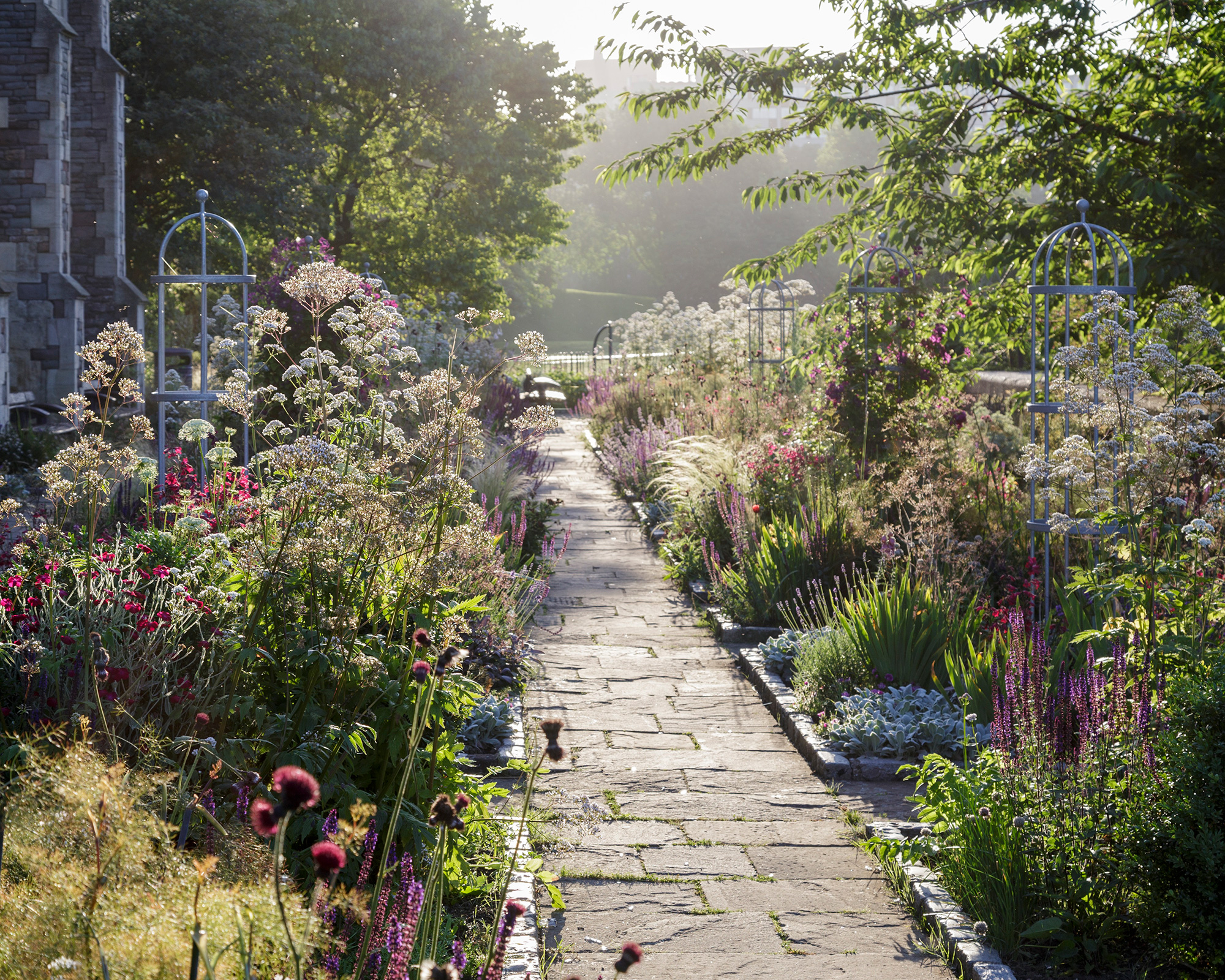
Not only do they add charm and character to your backyard landscaping, ornamental grasses are extremely practical too, separating weeds from flower beds and mulch from lawns. They also provide a clean line for extra-efficient mowing and trimming.
While traditional means of creating a garden border, such as stones, bricks and sleepers, are still hugely popular, ornamental grasses are having something of a moment.
And, for those of us who no longer yearn for the 'tidy' look, we couldn't be more thrilled to welcome these hardy species back into our gardens. This time, we predict, they are here to stay.

Jennifer is the Digital Editor at Homes & Gardens, bringing years of interiors experience across the US and UK. She has worked with leading publications, blending expertise in PR, marketing, social media, commercial strategy, and e-commerce. Jennifer has covered every corner of the home – curating projects from top interior designers, sourcing celebrity properties, reviewing appliances, and delivering timely news. Now, she channels her digital skills into shaping the world’s leading interiors website.